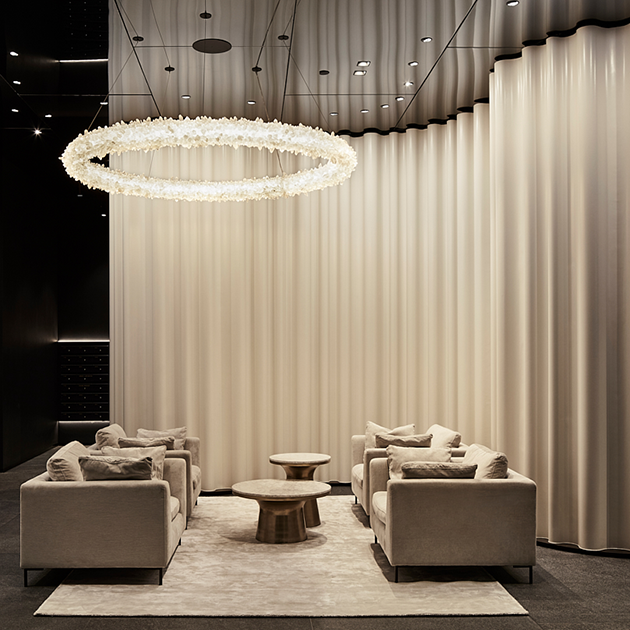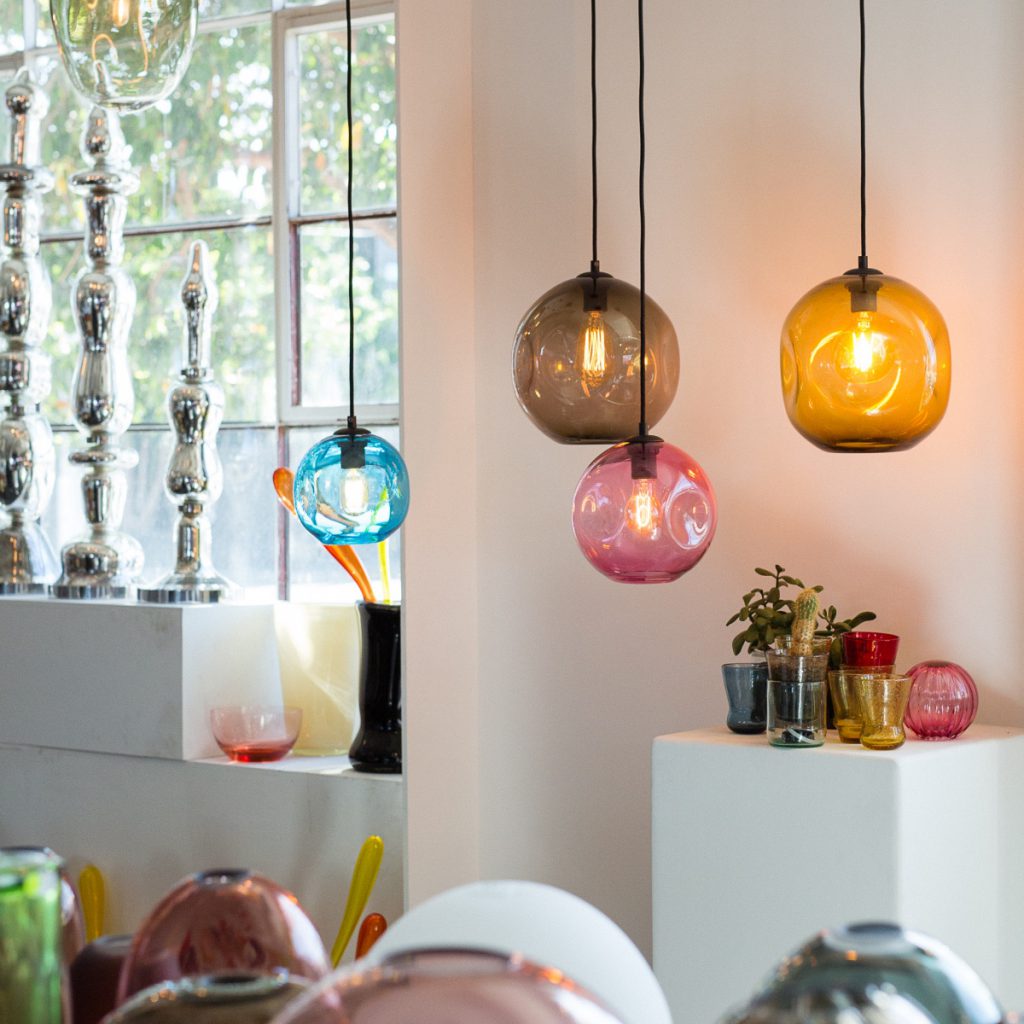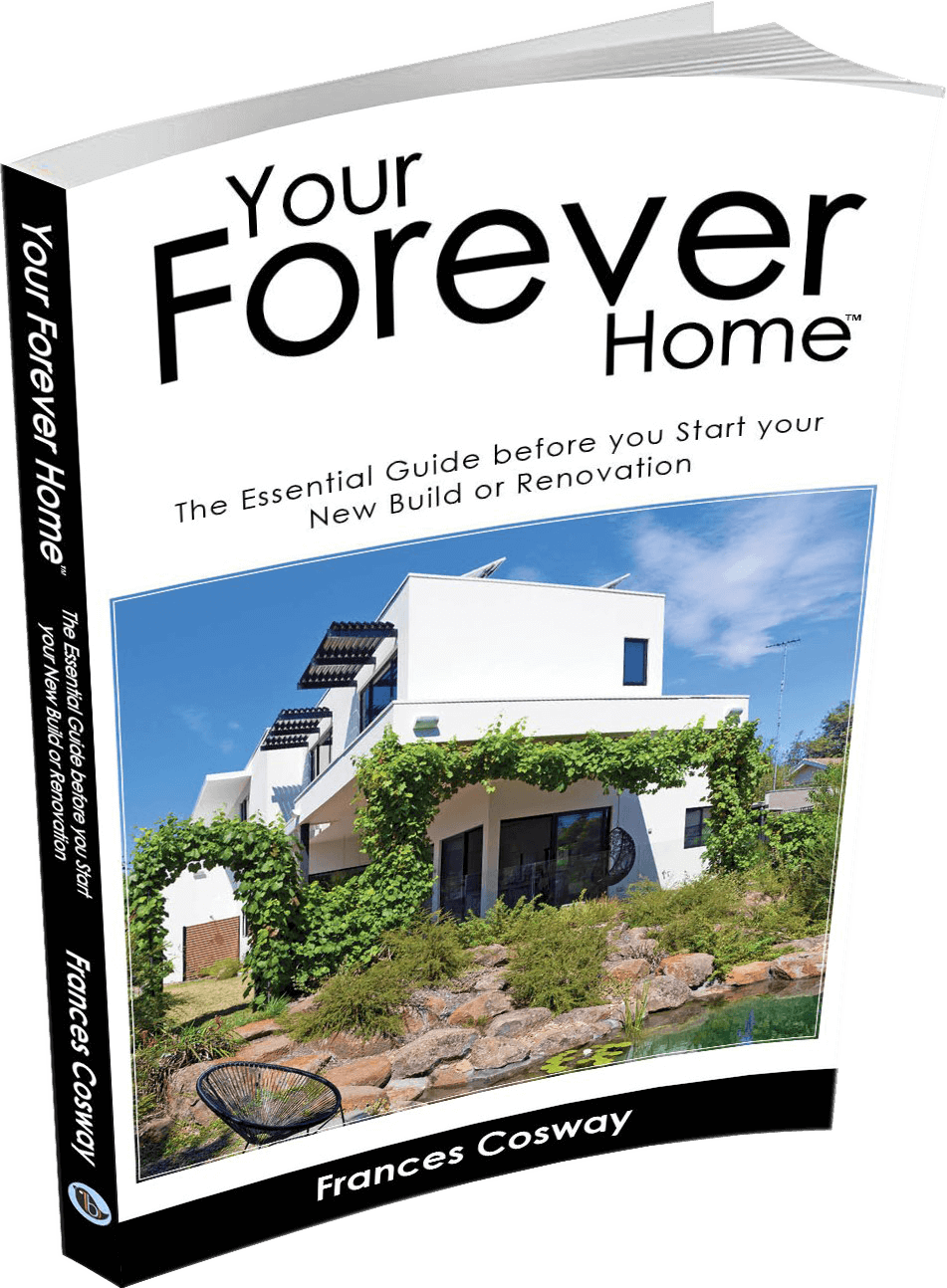When building a family home, there are many life stages that a home needs to manage. A growing family needs a home that provides not only shelter, and functionality, but is also a place to relax and feel at ease in too. As a family goes through life stages, their home should be able to adapt to everyone’s ever-changing needs.
5 Things to Consider Before Building a Family Home
1. Adequate Storage
All households need adequate storage and in a family home it’s even more important to keep things tidy and organised. With more people comes more stuff, so having designated places designed upfront makes it much easier to manage clutter and the accumulation of household and personal items!
Bedroom
Plan storage for clothes (hanging, shelves and drawers), study items, books, toys, and preparation area (think make up or hair prep area).
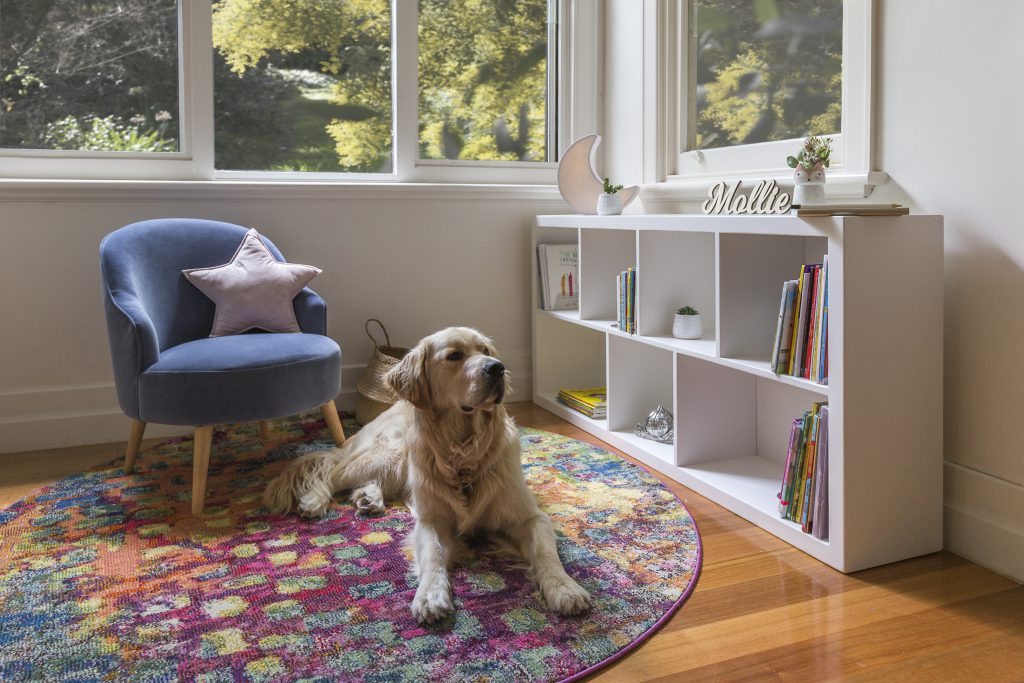
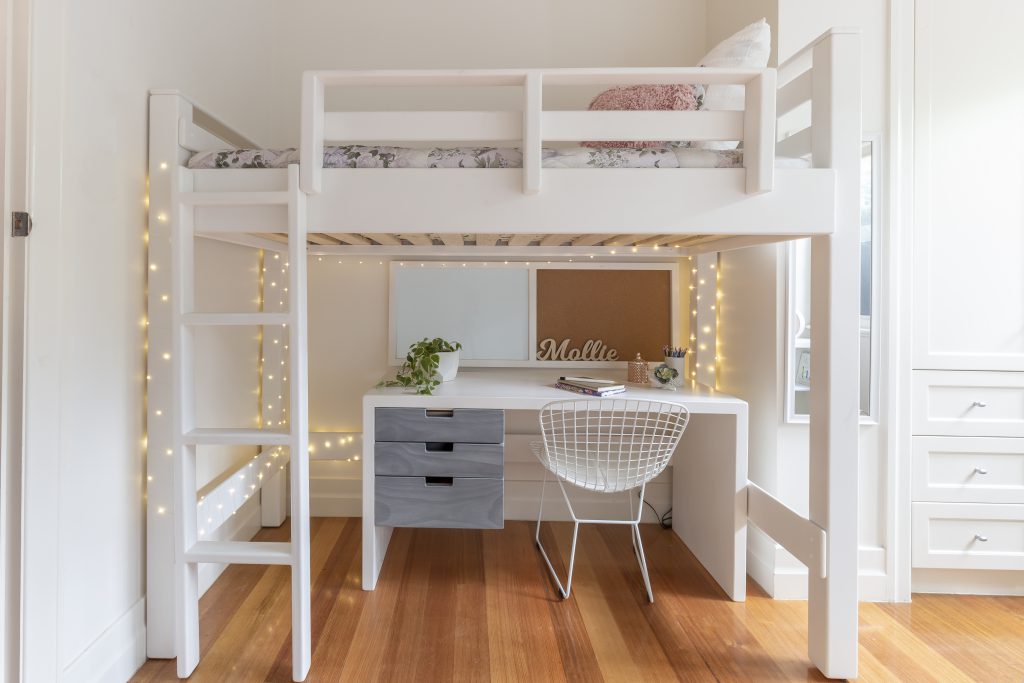
Dining/Living Area
A sideboard, buffet, or entertainment unit provides fabulous additional storage for the dining or living area. Excellent for tablecloths, placemats, board games, spirits, craft supplies, or vases.
Kitchen
As kitchens are the main hub of a family home, storage is the key to make it functional. Well-designed pantries are critical to easily see and access ingredients. Shelves are great for platters or odd-shaped items and drawers are excellent for crockery, baking tins and utensils.
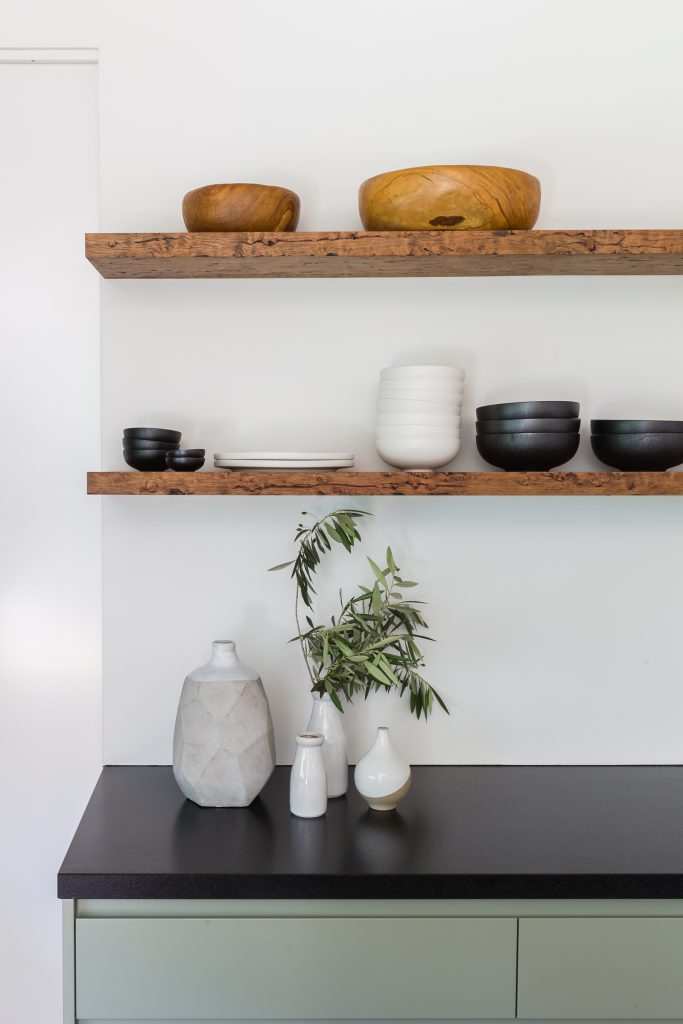
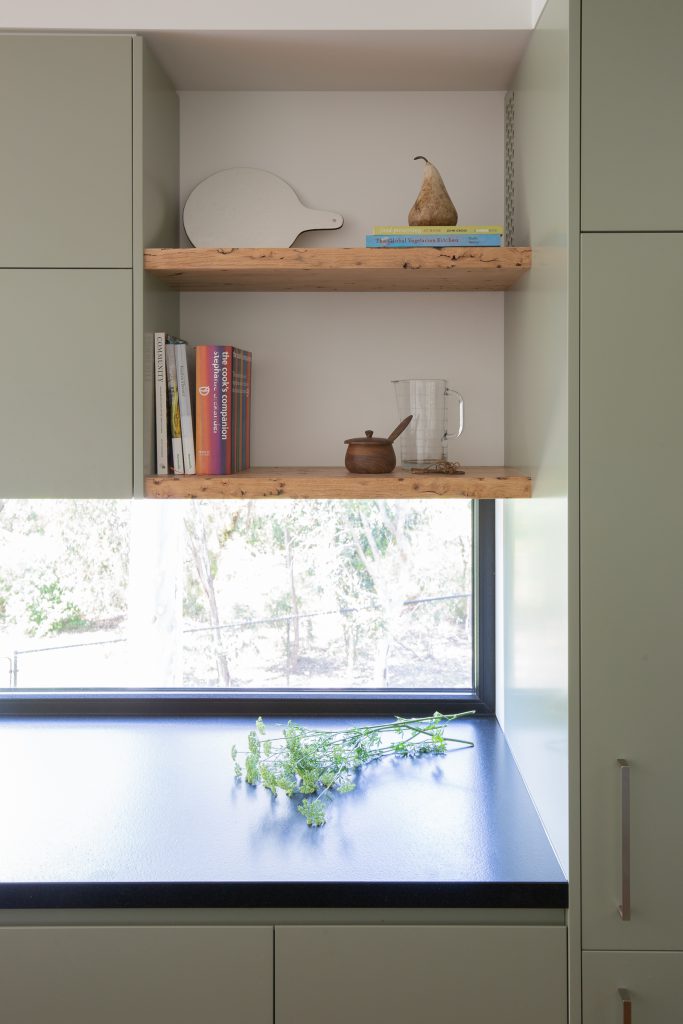
Bathrooms
Your bathroom needs to be functional, so you need to store toiletries in logical locations. Shaving cabinets provide excellent storage at eye height, while vanities are great for storing more bulky items such as hair dryers. And let’s not forget shower niche’s that allow you to store soap, shampoo and face wash off the floor!
Additional Reading:
2. Plan for the Future
To ensure your home can adapt to your changing needs over time, you need to think about how to ‘future proof’ your home design so your home serves your family now, and in the years to come, when family requirements change. This means creating rooms and spaces that are adaptable and flexible and can have more than one purpose over time. You never know what may be needed down the track for you or your family, so give yourself flexibility in your home design.
Utilise Doors
I’m a massive fan of doors! My view is that they are hugely under-rated in terms of what they can achieve in your home. It’s one of the key areas I am constantly adding in when completing a Floor Plan Sanity Check™ for clients.
We love living in open plan spaces, but we also need areas that can be cozy and private. Doors serve a multitude of different purposes. They create privacy, mitigate noise, create multi-functional spaces and zones, as well as providing additional energy efficiency.
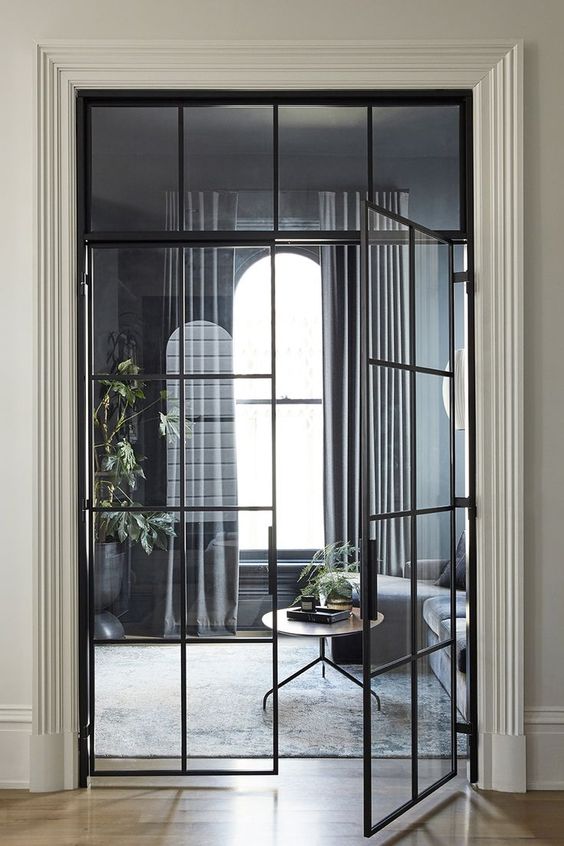
Image: Pinterest
Avoid Built in Furniture
Avoid built-in furniture such as desks and shelving when there is an option for the room to be converted into something else or another purpose. This allows maximum flexibility for rooms and spaces.
Additional Reading:
3. Lighting
Many homeowners consider lighting as an afterthought rather than an essential design element. Lighting affects your mood in so many different ways, so having multiple lighting options means you are able to adjust the lighting to reflect your requirements at any time.
There are three key aspects to think about when creating flexible and adequate lighting options for your home; ambient or mood lighting, task lighting and decorative lighting.
Ambient lighting
Ambient lighting creates mood and softens a space. It’s generally a soft, diffused light and is achieved with the use of lamps, up/down lights, and pendants (make sure to use a dimmer!).
Task Lighting
This allows you to perform tasks such as preparing meals in the kitchen or getting ready in the bathroom. It needs to provide an excellent output of light, without creating shadow or glare. Up lights, wall washes, directional spot lights, and strip lights are all good sources of task lighting.
Decorative lighting
Decorative lighting adds to the interior design of a space and is generally achieved with pendants or lamps. This type of light not only looks beautiful in a room but also creates mood and ambient lighting at the same time.
Additional Reading:
4. Spacial Planning
Space planning is an important element of design process to determine how and if spaces and rooms are going to work as intended It’s best to create a furniture layout to see how much flow there is around pieces and how the space will be used. It will also determine if window placement is correct based on the layout and flow required.
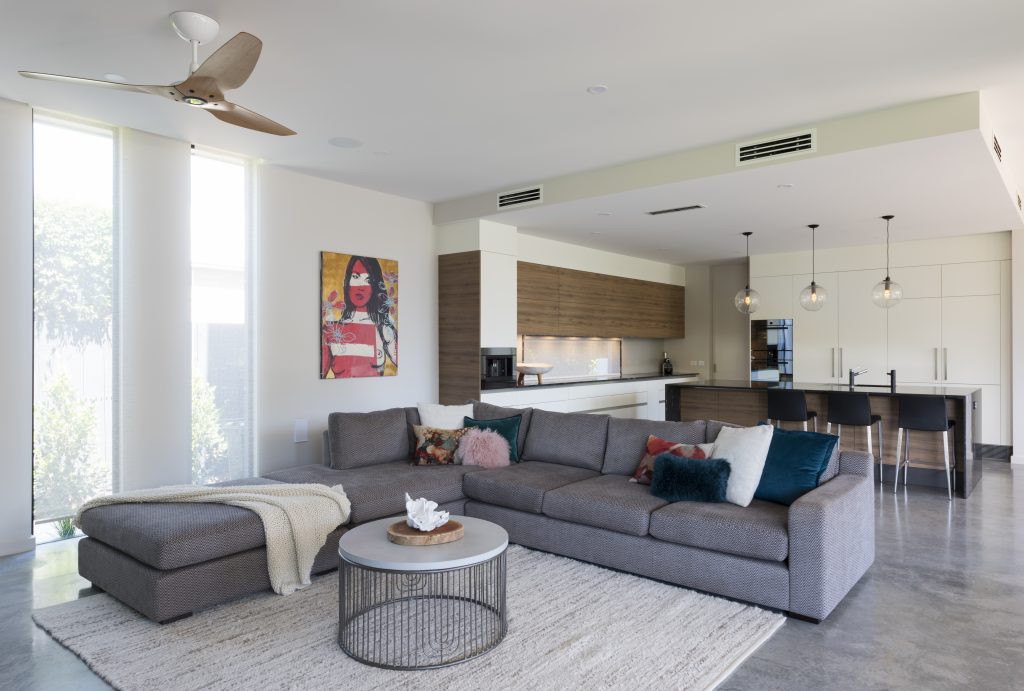
5. Personality
This is an area I am particularly passionate about, which is why I coined the term ”Forever Home”. In a nutshell, your home needs to be about you! I always encourage my clients to surround themselves with items, colours and features they love. You need to inject your own personality into your home, to make it a place you can relax in, is comfortable and feels like home!
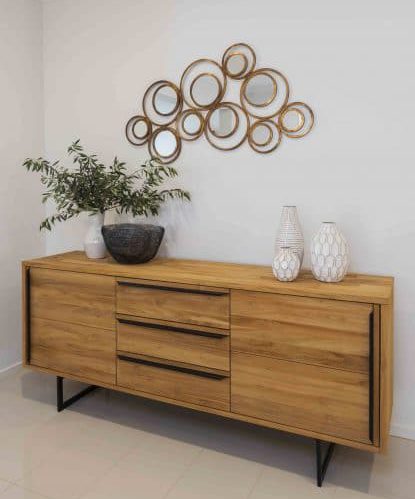
Heirloom pieces, items you’ve collected on your travels, something your child made for you, a piece of artwork you instantly adored. All of this adds up to create a home that is unique to you and tells your own personal story.
If you want to update your “off-the-shelf“ cabinetry, you could always change the basin style and benchtop material, which would make quite a difference.
Additional Reading:
We are the Forever Home Experts, so if you need assistance with creating a well–designed and thought through family home, I’d love to help! Book a chat with me and we can walk through how we may be able to able to help.
Want to avoid key mistakes often made when building or renovating?
Get FREE instant access to the Top 7 Mistakes people make, and how to avoid them. Get instant access here.
